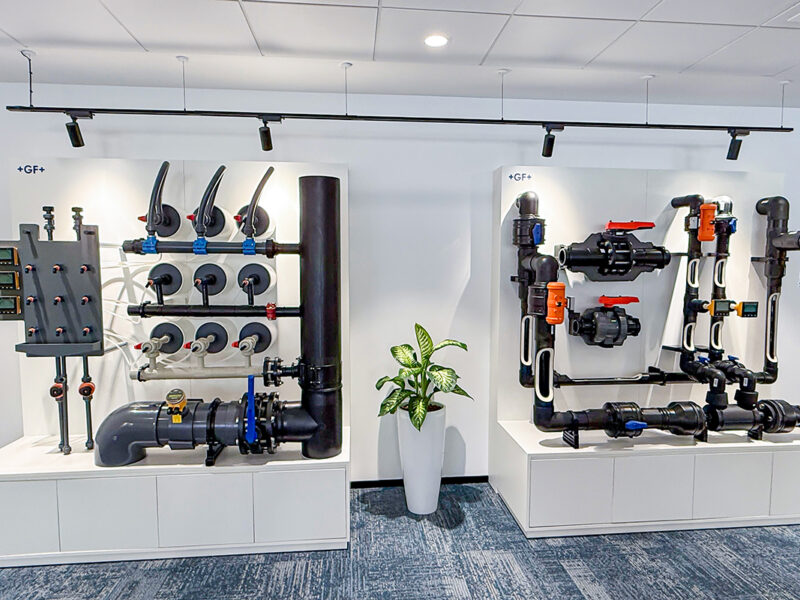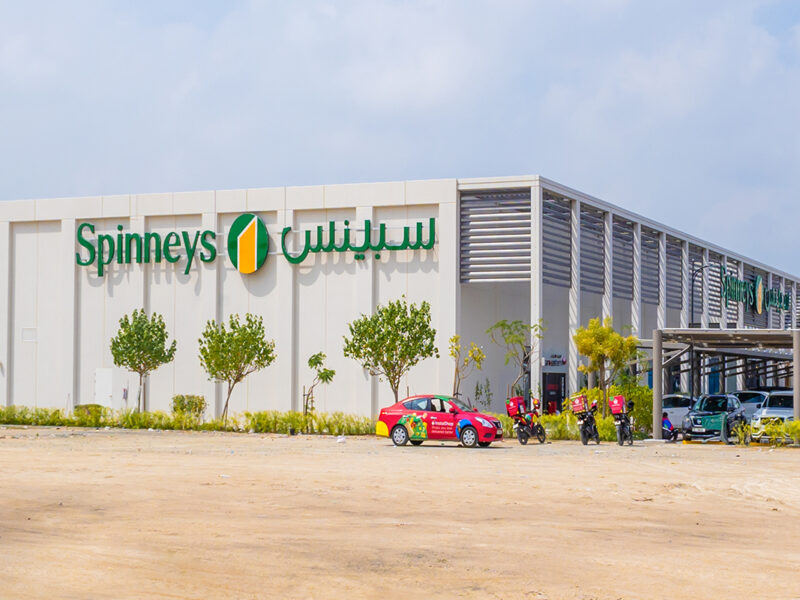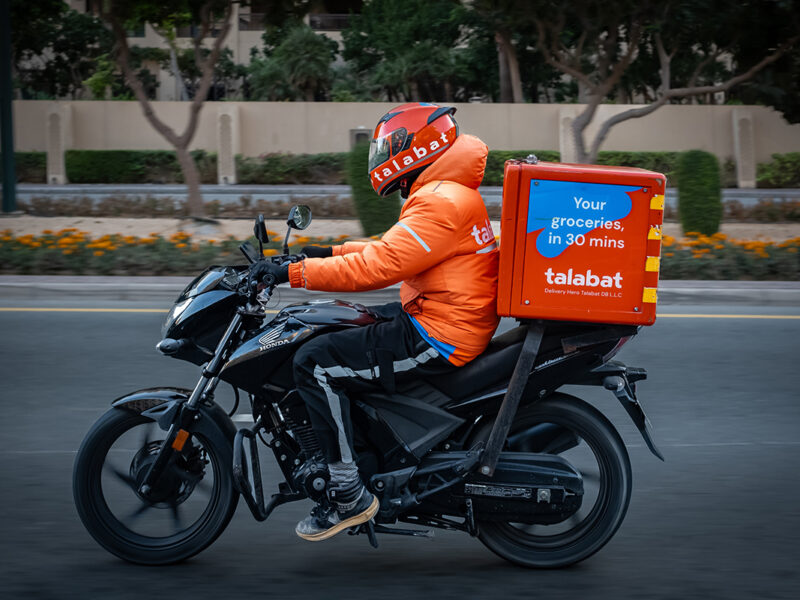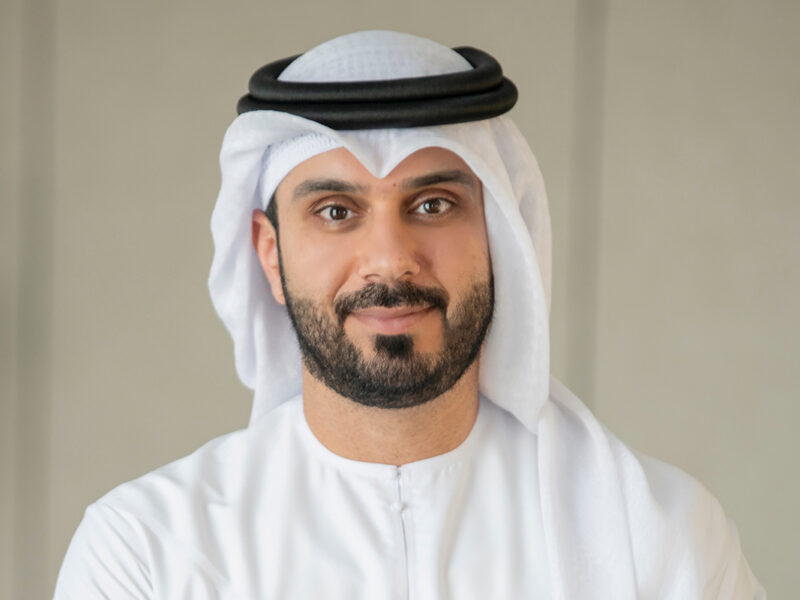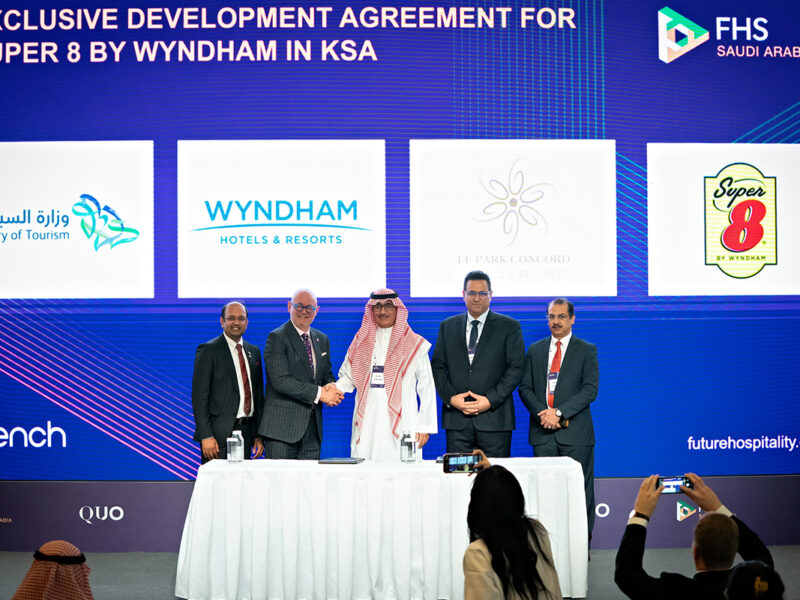One of the world’s biggest food companies is reinforcing its position in the global market. Laura Collacott speaks to Vice-President and Area Director of Kraft Foods MEA to find out the plans for consolidation and growth in the Gulf.
Patrick Satamian is a multi-cultural man with a rich personal heritage that lends itself perfectly to the role of running a multinational company (MNC).
The fact that the company decided to invest in Bahrain is confirmation that they believe in the region.
Brought up in Beirut of Swiss, Armenian and Greek heritage, he studied in Switzerland, has worked with a number of MNCs in Asia, the Middle East and Europe and is married to a Jordanian. Exhaustingly, he is also fluent in French, Arabic, English and German.
It is this background and experience that has brought him to his current role as Vice-President and Area Director of Kraft Foods, Middle East and Africa; the company has an international presence and corresponding workforce so requires talented mediators at the regional helm.
Many people will immediately associate Kraft with cheese: Most will certainly not realise that it is the second biggest food and beverage company in the world (pipped only by Nestle).
The discreet enormity of the organisation is scarcely imagined by the general public, especially with the Nestle titan in the same field. “I think the difference between Kraft and Nestle is that a lot of brands under the Nestle company are branded ‘Nestle’ so people relate the two,” Satamian says in defence of this fact.
Moreover, Kraft has recently been voted the most respected company in America and 15th most respected brand in the world in a survey conducted by Reputation Institute Research Firm – quite a feat considering its unpublicised size.
The result speaks volumes about public perceptions of Kraft and the high standards that Kraft adheres to as an international operator. Commenting on this accolade, Satamian emphasises the holistic commitment to products, consumers and employees in the quest to keep this name.
The organisation is at pains to retain high product standards whilst adding to the communities in which it operates: Such an award indicates that the general public think highly of Kraft’s brand, corporate citizenship and performance.
Yet the tie to dairy products remains. “In some markets Kraft is very much linked to cheese,” recognises Satamian. So does this bother the Kraft directors? Barely; it seems conversely to fit in with the broader business strategy.
Cheese is one of the core strategies that we have and there are no strategic intentions to move from it. It is an important category in which we have a strong name. I would say on the contrary that we would try to do more out of this category and what it offers.
In actual fact, there are more than 50 brands under Kraft. They are broad ranging, including Kenco, Toblerone, Milka, Miracle Whip, Oreo, Tang, Capri Sun and Philadelphia (to name just a few of the bigger names). Of the biggest brands, the top seven alone generate over a billion dollars a year; last year, the company recorded net revenues of a massive US$34.3bn.
Kraft has yet to match Nestle’s US$50bn annual revenue (from 7,500 products) but under the new leadership of CEO Irene Rosenford, there is clearly a desire to close this gap: “Under her leadership the company has decided to engage in revitalising the whole portfolio, organisation and brands,” Satamian tells CEO Middle East.
As revenues have firmly established the company as the second biggest of its kind in the world, the aim now is to reap the benefits of expansion within the present sectors. “There’s a clear interest to innovate more, bring more products into the pipeline and basically accelerate the growth of the company,” he continues.
Satamian elaborates on this principle: “Basically, you are trying to address a different consumer occasion or habit. For example, people buy pralines more to give as a gift than to consume themselves. So if you have a brand which is very strong in tablets, why not extend it into pralines.” Essentially, it is broadening the horizons of an already successful company to organically increase profitability.
Well versed in business theory from his commercial studies (he has a graduate degree in HEC – Hautes Etudes Commerciales), Satamian carries on: “In a nutshell it’s trying to look beyond what you have at the moment, where you have established business or categories, and then looking creatively at the opportunities, consumption occasions, and trends that you can tap into. It is important to then develop products that are very specific to those trends.
With this in mind, Kraft has a dedicated department for spotting and acting on future trends within the food and beverage industry.
We’ve got quite an expansive research department within Kraft to find out if there are untapped consumer needs out there: people changing behaviours, consumption habits, purchasing habits – what the key emerging trends are,” he divulges. In carefully observing the target consumer and related trends, the company intends to tailor practices to precisely suit requirements.
And not just with the product range – the way in which the company interacts with customers is being reviewed: “The idea is to put the customers at the centre. The very basic question is how we can get to our consumers faster with optimum products.
In response to this goal of reaching the customer quickly, the management has recognised that there is a need to devolve power to the respective regions to bring about a speedier and more targeted response to consumer needs.
There are some globally recognised brands that require a consistent approach and so fall under a central policy: “Some of the brands are international so we have an international approach for these brands, in terms of brand positioning and direction.” Outside of this requirement, managers are given a degree of control to manage the brands as they see fit; Satamian is spearheading the Middle East and North Africa section of this campaign.
Again, he describes the justification behind the move to increase autonomy in each region: “The idea is to allow the people on the ground, what we call the business units, in any of the organisations to make decisions and make them as fast and as best they can.” By reducing bureaucracy, reducing unnecessary processes and bringing in new talent, Kraft as a global organisation hope to instil increased efficiency and productivity.
Specifically relating this doctrine to the Middle East, Satamian has targeted the principle areas of product logistics and staff retention, two areas of particular difficulty in the Gulf. Given that the climate here does not lend itself to the growth of many raw food materials, many of the Kraft brands available locally are imported as end-products. Moreover, the transitional environment of the Middle Eastern workplace means that staff turnover, in all sectors of the economy, is particularly high.
Firstly, Satamian talks through the problems associated with importation: “We are in the situation where we are importing most of our products. We have products coming from more than 20 factories throughout the world.
He continues, “Importing brands from Australia and from the US doesn’t really make sense from a freshness point of view, from a supply chain point of view or from a cost point of view, so we decided to look at the best or the optimum place to produce those brands in this part of the world.
As a result, Kraft has recently invested a significant sum in building a factory in Bahrain to support the Middle East marketplace and minimise the need for time-consuming and costly imports from far-flung places.
Satamian believes that this reasserts the potential of the Middle East region and Kraft’s commitment to it: “The fact that the company decided to invest in Bahrain is confirmation that they believe in the region. The economies are growing very well and very fast and we believe that there is a big future in this region. It is a region growing as fast as Russia, India, China and it is an important region for the company.” This is certainly good news for the governments of the GCC as they continue to pursue the ongoing aim to establish sustainable secondary industries.
The second problem is that of staff retention; it is here that Satamian appears to excel. His multi-national experiences and his own background have afforded him a unique insight into many cultures and so a workable approach to functioning in multicultural environments.
Working in MNCs in headquarters and within the markets has helped a lot in terms of developing and understanding other cultures, other nationalities and being more sensitive. In Dubai, for example, I always try to double check what people think or say because sometimes the language can be interpreted differently,” he says.
Satamian cites good team spirit as the most important aspect in combating the difficulties that such diverse environments present: “I think at the end of the day you can’t progress, you can’t do things; you can’t engage your people, your organisation, your projects if you don’t have that passion to make a difference.” As a result, fostering a good working environment and creating a clear goal is paramount to the success of his human resources strategy.
“Make sure that you’ve got a company which is engaged, which is dedicated, which is excited about the challenge,” he says, offering advice to other executives. In his eyes, it as an essential part of the CEO role to create and instil such a passion for the task in hand in the team: “As managers, we’ve got a lot of brilliant people with PhDs, diplomas etc. but what makes a difference is the passion, the desire to add value.
He expends a lot of energy on staff relations in a move to retain personnel, a problem well known to those in the transient Dubai setting. “The challenge of Dubai is that the people tend to be short-term so they like to jump to the next promotion or salary increase, even if it is not the best strategic move,” he explains. He aims to overcome the retention issue by the team-spirit method described above.
A side effect of this is an individual attachment to each member of the group: “For me, when people leave the organisation, I take it personally because I’m trying to move forward as a team, as a group.
When he joined the company, Satamian was determined not to wade into a new environment and install his own policies without first observing and analysing the existing situation.
He tells how he dedicated a great deal of time to talking to all of his members of staff. By this method, he was able to learn the existing problems and suggested improvements that could be made to improve the local company atmosphere and how he could set about installing a spirit of cooperation and solidarity. It is a subtle but effective tactic and one that he attaches a great deal of importance to.
I think that approach was important because Kraft was a very strong company with a lot of talented people, big brands, innovation and programmes. The challenge was how to make the best out of that, how to connect the dots rather than coming with one point of view without having to listen.
It is his experience in the different echelons of many MNCs that Satamian pinpoints as the reason for his skill in influencing decisions within a company.
If you have not had the chance to work in a matrix organisation, it becomes difficult to see how you can make things happen and how you can make thing progress,” he reveals; “It’s through bringing people on board rather than forcing things [that you get things done].” Applying this knowledge in conjunction with mixing his experience of various companies with that of new ones has been a propitious formula for him so far.
A strong team is the bedrock that Satamian hopes to build Kraft’s Middle East success on. The strategy for growth in the region focuses on tailoring the product range and marketing to the audience. The transferral of business decisions to the individual regions allows the company to more effectively adapt its portfolio of products to local palates and meet customer demands.
Outside of these global band strategies, there is a lot of scope for bureaux to modify marketing plans, packaging and advertising to appeal to the nuances of each area. At present though, strategies regarding diversification seem secondary to the building of a strong team. Important though brand and product development clearly are for Kraft’s continued growth and success, there is a firm belief that if the team is sound, the rest will naturally follow.
Age:42
Title:Vice-President and Area Director, Kraft Foods Middle East and Africa
Length of time in position:4 years
Previous role:Head of global category, JTI Switzerland
Core values:Passion, adding value, innovation
Best piece of advice:Always search for the optimal solution

